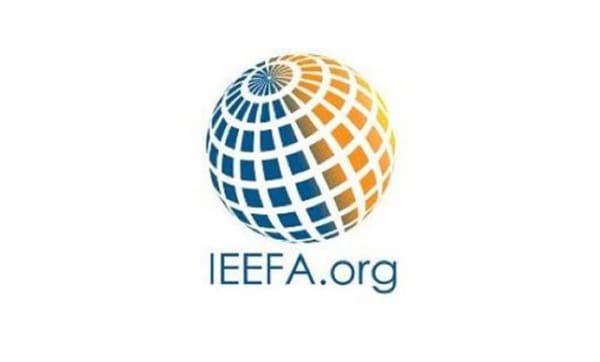Data from the Institute for Energy Economics and Financial Analysis (IEEFA) shows that global liquefied natural gas (LNG) supply will increase by 40% between 2024 and 2028. Counting only projects that are under construction or approved, LNG production capacity will grow by roughly 193 MTPA in less than five years, rising from approximately 474 MTPA of nameplate capacity at the beginning of 2024 to 666.5 MTPA by the end of 2028. The rapid influx of gas is expected to drastically alter the LNG landscape.
The majority of new LNG capacity coming online by 2028 will be in the United States. Since the startup of its first LNG terminal on the Gulf Coast in 2016, the US has grown to become the world’s largest LNG supplier. Today, LNG facilities in the US have a combined capacity of 92.3 MTPA, about one-fifth of the world’s total LNG supply.
January’s pause on new LNG permit approvals won’t change its short-term buildout (see “LNG Takes A Knee,” March). Five new US liquefaction projects, as well as two Mexican projects sourced with US gas, are under construction and have already been cleared to export LNG. These projects have a collective capacity of 78 MTPA, meaning that pause or no pause, the US natural gas industry is set for 85% growth in LNG export capacity by 2028.
Turning to Qatar, the world’s leading LNG exporter prior to 2020 and the third-largest exporter in 2023 has embarked on a massive LNG expansion program that will boost its liquefaction capacity by 64 MTPA over the next six years. Qatar Energy began construction of its four-train, 32-MTPA North Field East Expansion in October 2023, with the first gas expected in 2025. In February 2024, Qatar announced that it would double the size of the project’s second phase, the North Field West Expansion, from 16 MTPA to 32 MTPA, all of which is slated to come online by 2030.
Qatar’s LNG production benefits from the favorable economics of the offshore North Field. The North Field’s abundant volumes of gas and liquid condensates are used as feedstock for gasoline, jet fuel, and diesel. Revenues from liquids allow Qatari LNG projects to earn profits even at low LNG prices that would bankrupt most other producers. The low cost of production, paired with environmental policies that favor fossil fuels, allow Qatar to be a cheaper option for LNG. Since October 2023, Qatar has signed 27-year LNG sales contracts with Sinopec, Eni, Shell, TotalEnergies, and China National Petroleum Corp.
Rounding out the top three LNG export nations, Australia exported an all-time high of 81 MT of LNG in 2023, with Japan, China, South Korea, and Taiwan accounting for more than 85% of all sales. Despite this, Australia’s LNG output rose by less than 1% year-over-year and the nation ceded its position as the world’s largest LNG exporter to the United States.
Australia’s LNG sector underwent massive growth from 2012 to 2017, which saw Australia become the world’s largest LNG exporter. Many of the Australian producers currently sell their LNG through long-term contracts. As these contracts begin to expire in the next few years, there is now low-cost competition, further challenging Australia’s position on the LNG leaderboard.



















